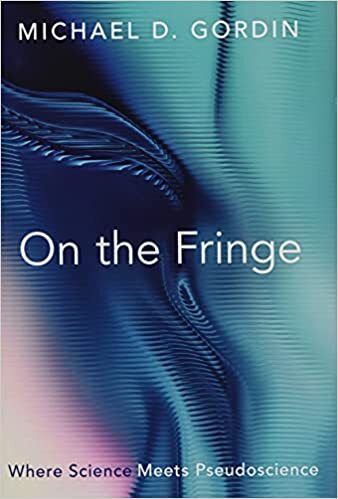How do we distinguish between science and pseudoscience?

Sure hard to tell a lot of the time:
Demarcation is built into our funding systems. Applicants need to present their own work as superior to those of wrong-headed competitors, and the panels that evaluate the grants must always reject a large number of proposals as less worthy than the few they endorse. Limited funds set up a ruthless machine for discarding scientific claims, some of which might end up on the fringe. Studying the category of pseudoscience thus yields some insights into how contemporary science works.
The gray area is produced by the fact that almost every significant new scientific claim can potentially be the subject of controversy, the fuel that powers the cycles of credit and reputation. But not all discarded doctrines experience the same fate. Even in a single domain—the scientific properties of water—some of the losers of controversies end up simply as yesterday’s news, sincere science that happened to be mistaken, while others are branded as ignominious and take up residence on the fringes of knowledge.
Michael D. Gordin, “What belongs in the “gray area” between science and pseudoscience?” at Big Think (December 27, 2021)
The link takes you to an excerpt from On the Fringe by Michael D. Gordin (Oxford University Press, 2021).
Copyright © 2022 Uncommon Descent . This Feed is for personal non-commercial use only. If you are not reading this material in your news aggregator, the site you are looking at is guilty of copyright infringement UNLESS EXPLICIT PERMISSION OTHERWISE HAS BEEN GIVEN. Please contact legal@uncommondescent.com so we can take legal action immediately.Plugin by Taragana
Michael J. Behe's Blog
- Michael J. Behe's profile
- 219 followers



